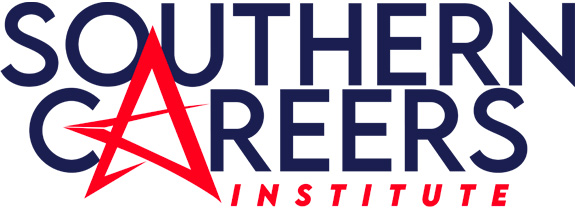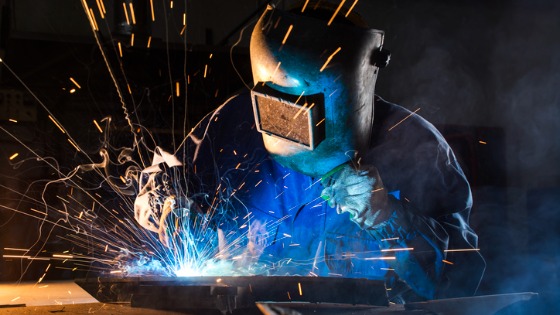Welding is a versatile and essential skill in various industries, and choosing the right welding technique is crucial for achieving optimal results. Among the many methods available, Stick, TIG, MIG, and Flux Core welding are four widely used techniques, each with their own unique features. It’s time to delve into these welding processes, exploring their characteristics, applications, and advantages.
Stick Welding (SMAW – Shielded Metal Arc Welding):
Stick welding, also known as Shielded Metal Arc Welding (SMAW), is one of the oldest and most straightforward welding techniques. It involves using a consumable electrode coated in a flux to create an electric arc between the electrode and the work-piece.
- Applications:
- Ideal for outdoor welding where wind and adverse conditions may affect other processes.
- Commonly used in construction, maintenance, and repair projects.
- Advantages:
- Portable and versatile.
- Suitable for welding various metals, including steel and stainless steel.
TIG Welding (GTAW – Gas Tungsten Arc Welding):
TIG welding, or Gas Tungsten Arc Welding (GTAW), is a precise and clean welding process. It uses a non-consumable tungsten electrode and a shielding gas to create a weld.
- Applications:
- Commonly used for high-quality welds in industries like aerospace, automotive, and precision fabrication.
- Suitable for welding thin materials.
- Advantages:
- Offers precise control over the welding process.
- Produces high-quality, aesthetically pleasing welds.
MIG Welding (GMAW – Gas Metal Arc Welding):
MIG welding, or Gas Metal Arc Welding (GMAW), is a widely used welding process that involves feeding a solid wire electrode through a welding gun. The wire is melted and fuses with the base material.
- Applications:
- Commonly used in automotive, construction, and manufacturing industries.
- Suitable for welding a variety of metals, including aluminum and stainless steel.
- Advantages:
- High welding speed.
- Minimal post-weld cleanup required.
Flux Core Welding (FCAW – Flux-Cored Arc Welding):
Flux Core welding, or Flux-Cored Arc Welding (FCAW), is similar to MIG welding but uses a tubular wire filled with flux. The flux creates a protective shield during welding, eliminating the need for an external shielding gas.
- Applications:
- Ideal for outdoor welding and on heavy, dirty, or rusty materials.
- Widely used in construction, shipbuilding, and heavy equipment fabrication.
- Advantages:
- High deposition rates.
- Suitable for welding thicker materials
Choosing the right welding technique depends on the specific requirements of the project, the materials involved, and the desired results. Stick, TIG, MIG, and Flux Core welding each have their strengths and applications. As you embark on your journey, consider the unique characteristics of each technique to master the art and science of welding.
This article was published on: 01/16/24 11:30 PM
* SCI does not guarantee employment or a starting salary upon graduation, completion, or withdrawal from SCI. As an accredited post-secondary institution, SCI has various federal financial assistance programs available for students who qualify and are enrolled in SCI programs. This does not apply to seminar students.
GI Bill® is a registered trademark of the U.S. Department of Veterans Affairs (VA). More information about education benefits offered by VA is available at the official U.S. government Web site at http://www.benefits.va.gov/gibill.

